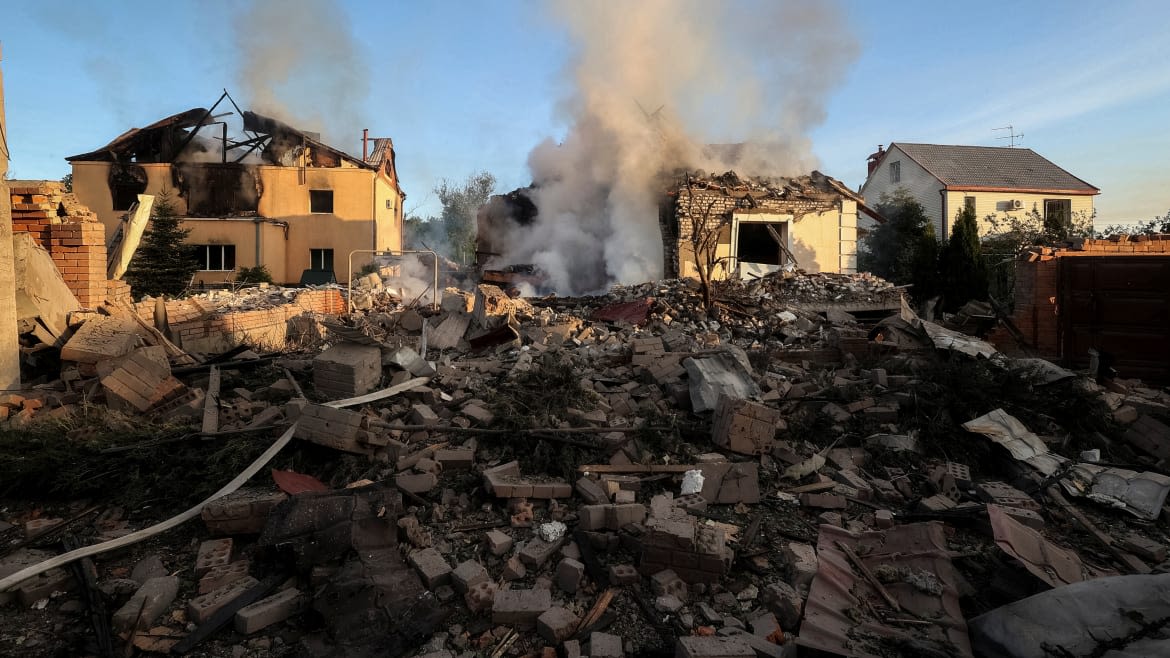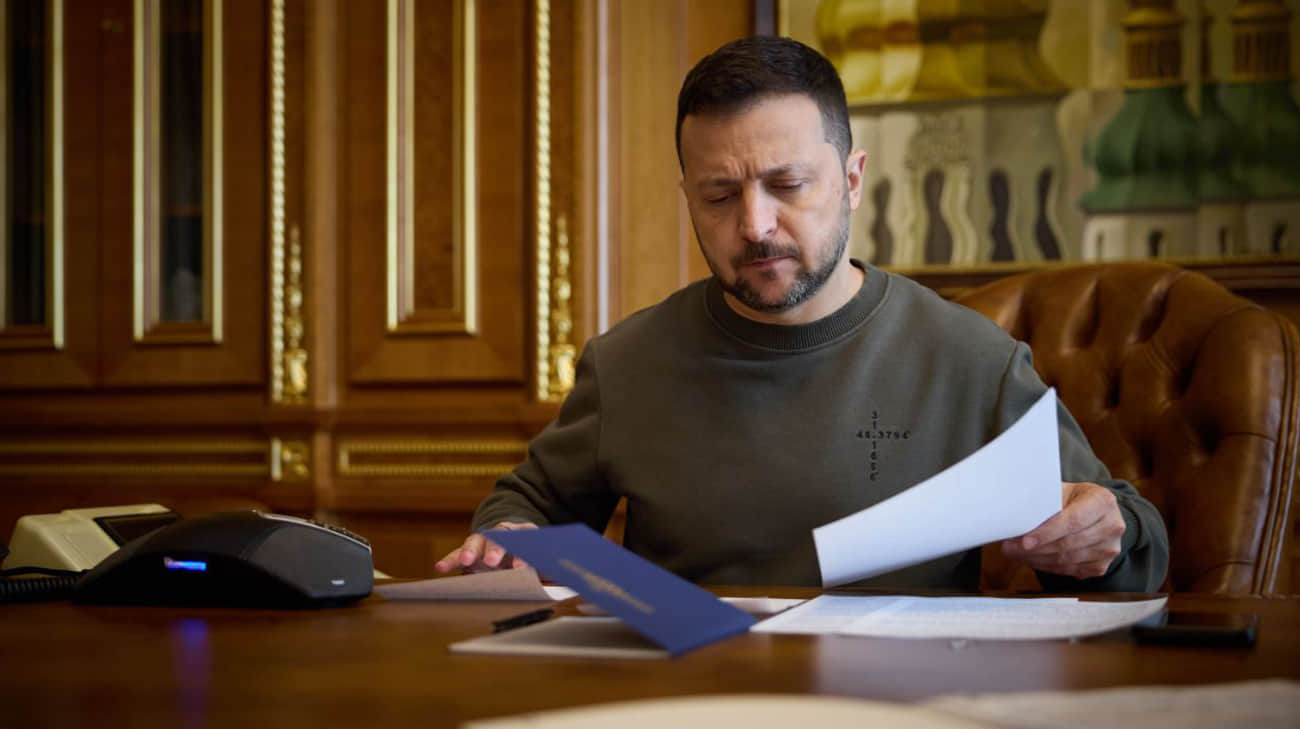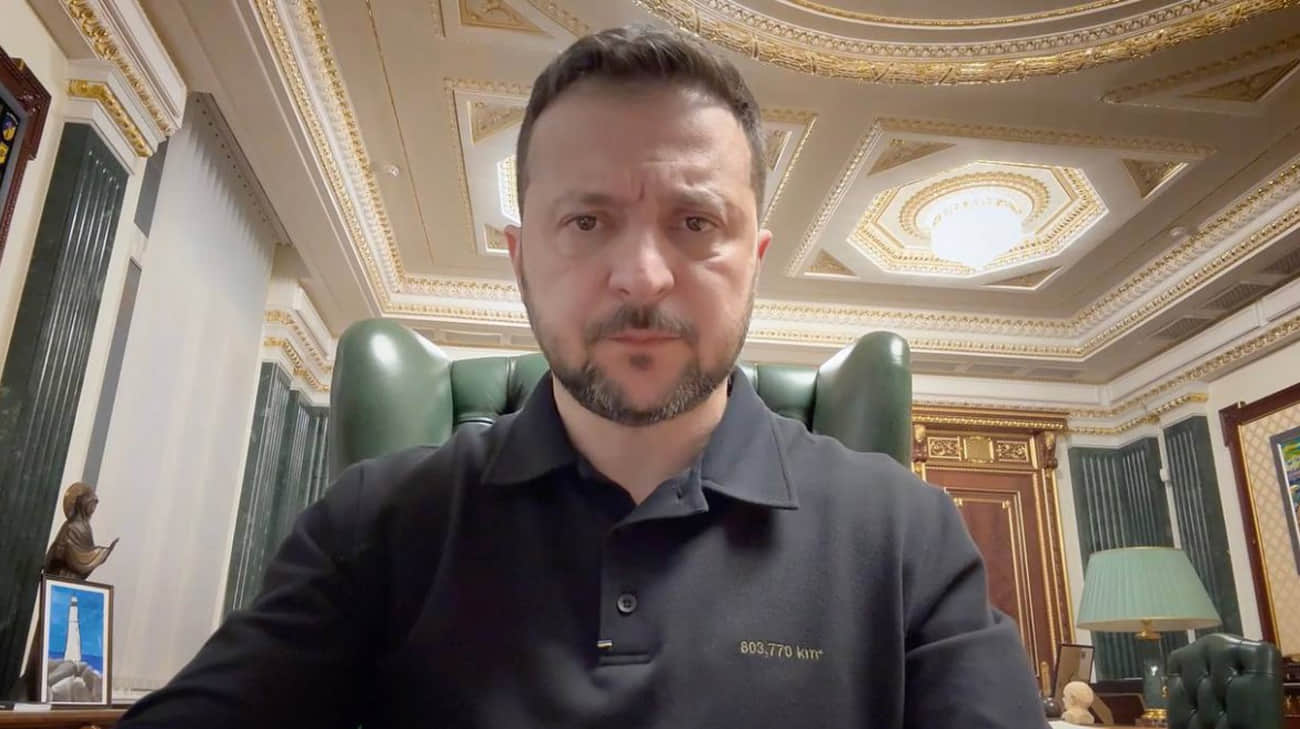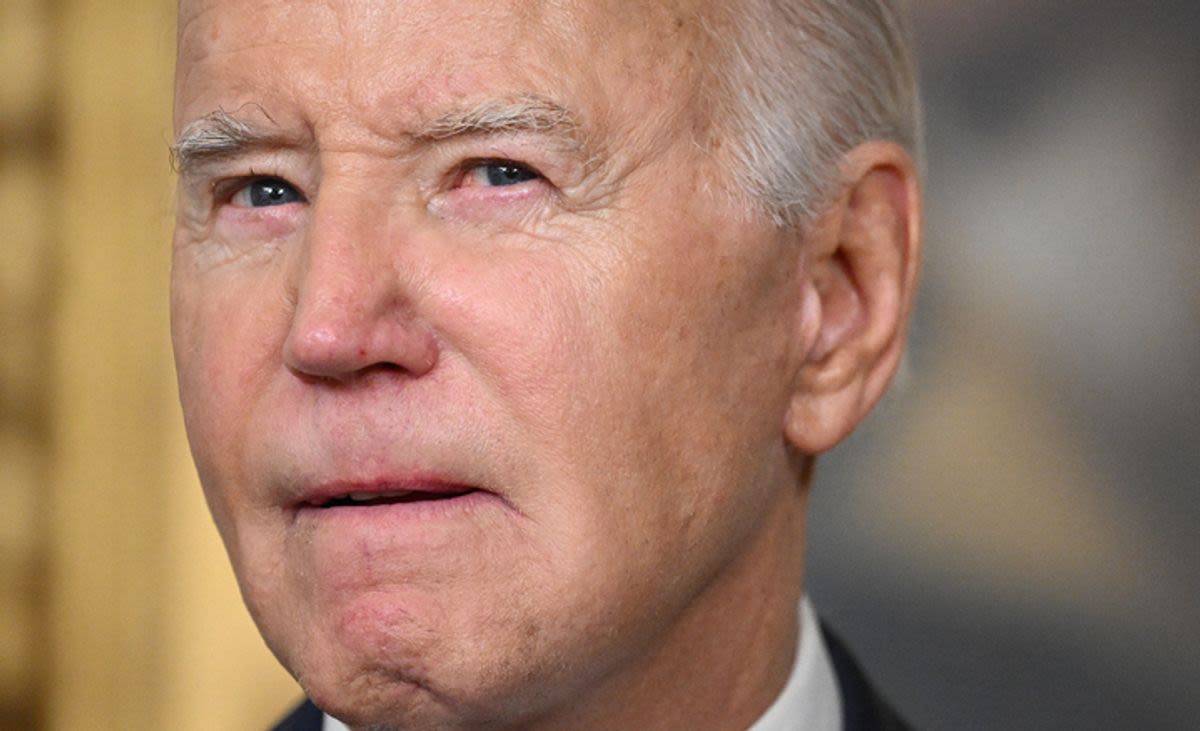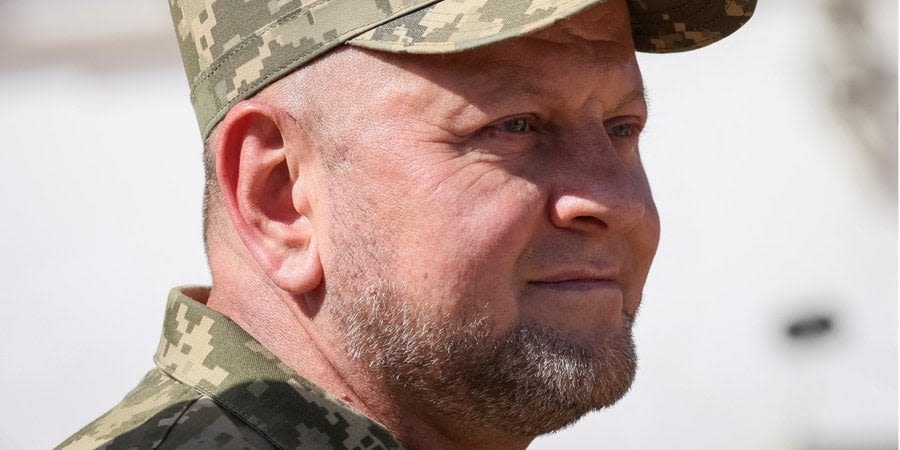Search results
Jan 1, 2010 · Under the Constitution, the President, in addition to being Chief Executive, is Commander in Chief of the Army and Navy. He holds the prime responsibility for the conduct of United States foreign relations.
by Stephen I. Vladeck. The Commander in Chief Clause of Article II, Section 2 provides that “The President shall be Commander in Chief of the Army and Navy of the United States, and of the Militia of the several States, when called into the actual Service of the United States.”.
- Who Is Commander in Chief of The Military?
- Who Is The Head of The Executive branch?
- What Are The Powers of The President?
- How Many Years Does A President Serve?
- What Are The Requirements to Be President?
The Constitution establishes the president as commander in chief of the Army and the Navy. According to the National Security Act of 1947, the president is the commander in chief of all armed forces of the United States, including the Air Force and Space Force. Although the relationship between the president and the Coast Guard is a little more com...
The head of the executive branch is the president. This means a president is responsible for implementing and enforcing the laws passed by Congress, according to the official White House website. For this reason, one of the president’s largest responsibilities is appointing Cabinet members and heads of federal agencies, to whom much of the everyday...
The president has control over more than just the military. Presidents serve an important role within the U.S., as well as serving as the nation's chief diplomat, according to the Clinton Library. The president has the power to do all of the following, according to the Harry S. Truman Presidential Library: 1. Make treaties with other nations (pendi...
According to Article II of the Constitution, the president and Vice president are elected for a term of four years. The 22nd Amendment also states that a president can only be elected to two four-year terms, or just once if they served as president for more than two years of another president’s term.
Article II of the Constitution lays out the requirements for presidential candidates. To be eligible for the presidency, one must be thirty-five years of age or older by the time they take office, and a natural-born citizen who has lived in the United States for at least 14 years. Just curious? We're here to answer your everyday questions.
People also ask
Who is the commander in chief of the US military?
What is the commander in Chief Clause of Article II Section 2?
Who is the commander-in-chief of the United States armed forces?
Who was a Commander in chief in WW2?
Oct 16, 2021 · The President shall be Commander in Chief of the Army and Navy of the United States, and of the Militia of the several States, when called into the actual Service of the United States; he may require the Opinion, in writing, of the principal Officer in each of the executive Departments, upon any Subject relating to the Duties of their respective...
News about Ukraine, Russia, Volodymyr Zelenskyy
News about Joe Biden, Army Black Knights, Commander-in-Chief's Trophy
News about Joe Biden, public opinion polls, Kim Jong Un
Also in the news
Aug 11, 2021 · Article II Section 2 of the Constitution—Commander in Chief Clause—states that “[t]he President shall be Commander in Chief of the Army and Navy of the United States, and of the Militia of the several States, when called into the actual Service of the United States.”
- Robert Longley
Commander-in-chief. Executive powers. Powers related to legislation. Powers of appointment. Executive clemency. Foreign affairs. Emergency powers. Executive privilege. Constraints on presidential power. See also. References. Further reading. Powers of the president of the United States. This article is part of a series on the.
